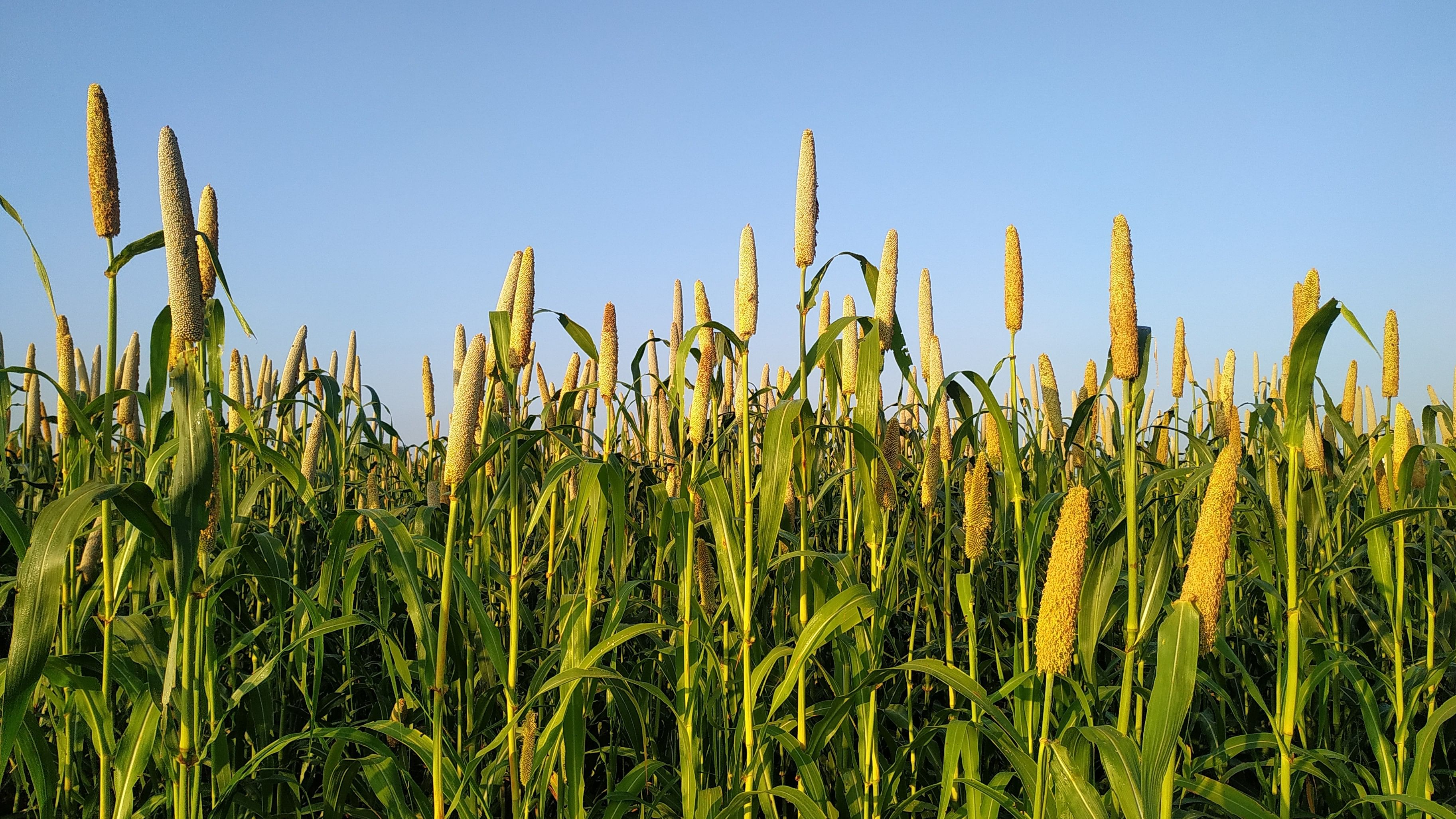
Much of Indian agriculture is carried out by small farmers using rain-fed methods. Climate-driven variabilities like drought and erratic rainfall add to the sector’s vulnerability in terms of farmers’ income and the country’s food security.
However, technology offers a ray of hope. In 2015, the Indian Meteorological Department (IMD) started providing agriculture-related weather advisory services via Gramin Krishi Mausam Sewa. Termed ‘Agrometeorological Advisory Services’ (AAS), it includes information related to rainfall, maximum and minimum temperatures, humidity, wind speed and direction and cloud cover.
This information is shared twice a week on Tuesday and Friday through text messages, mobile applications like Meghdoot, TV and radio programmes, local newspapers and in-person communication from officers in the respective state agricultural departments. It also includes advice like when to sow, crop varieties to be used, the kind and quantity of fertiliser to be applied, when to harvest, storage management, etc.
A new study by Rakesh Gomaji Nannewar, Tejal Kanitkar and R Srikanth from the National Institute of Advanced Studies (NIAS), Bengaluru, shows that Gramin Krishi Mausam Sewa has contributed to higher yield in the Kharif season (June- September) for farmers in Raichur and Bidar districts in North Karnataka. The study was published last month in Weather, Climate and Society, a journal by the American Meteorological Society.
“The primary objective was to understand if climate advisory services have benefitted farmers,” said Nannewar, the lead author.
The study says yields of pigeon pea, soybean and pearl millet were higher by 233 kg/ha, 98 kg/ha and 318 kg/ha, respectively, for those who accessed AAS. Kharif season is when agricultural activities depend primarily on rainfall rather than irrigation. For winter crops like paddy and chickpea, the researchers found the influence of other inputs on crop production, such as access to irrigation and degree of fertiliser use, is more important, resulting in a statistically insignificant result for the influence of AAS. So, a question remains: how can agromet services be made useful for winter crops, or what other kinds of support do farmers need during this season?
“Large public programmes like the AAS that bring science to people in meaningful ways can contribute significantly to meeting developmental goals and building resilience against climate change,” the authors say.
The study was conducted for the agricultural year between 2020-2021. There were no extreme precipitation events during this period in the two districts. The study controlled other factors that determine yield, like access to inputs like fertilisers and pesticides, access to irrigation, etc., to ensure a uniform baseline when comparing agricultural output between beneficiaries, indirect beneficiaries and non-beneficiaries.
Primary production services like farming, fishing and herding are the most vulnerable to climate impacts. Since these sectors are closely tied to food security as well, building adaptation is of paramount importance. While traditional knowledge has historically been the dominant way of decision-making, climate change throws a spanner in the works with extreme events, underscoring the need for supplementary services like agromet advisories in climate adaptation and resilience.
Assessing the benefits
The study quantifies the benefits of weather-related climate services in terms of yield improvement in a socio-economically under-developed region, i.e. two districts in North Karnataka.
The authors surveyed 1,000 farm households across Raichur and Bidar, where 85% replied that agriculture was their primary source of income. If the respondents accessed AAS from the IMD via text messages, TV, radio, etc., they were classified as direct beneficiaries. Indirect beneficiaries were those who got the information secondhand from input dealers, cooperative societies, other farmers in the village, agricultural officers, etc.
Some farmers did not access AAS at all. Overall, 73% of surveyed households reported having accessed AAS. Of these, 33% said they accessed agromet advisories directly, 41% indirectly, and 26% did not access them at all.
The category of indirect beneficiaries gains prominence, given the low literacy rates in the region and the technical nature of the weather-related information. Intermediaries like officers from state agricultural departments and cooperative societies play a major role in ensuring the information reaches all farmers regardless of their literacy levels.
These services are provided free of cost and accessible more freely than paid services by private companies. The region’s economic profile (i.e., lower income levels than other parts of Karnataka) also matters here.
The presence of significant numbers of indirect beneficiaries shows that intermediaries play a big role in disseminating agromet information and that there needs to be more investment to ensure adequate numbers of intermediaries, like officers from the relevant agriculture department and training for all categories of intermediaries.
“While farmers use their experiences to make decisions about sowing time, etc., the increasing weather variability, which is only going to increase with higher levels of warming, means that experience is not enough to support decision-making,” said Kanitkar, one of the authors. She is an associate professor at NIAS.
“How can you deal with an unprecedented problem with “traditional experience”? AAS, as a public good—a large public program - that brings science to the people in meaningful ways, therefore becomes extremely significant to support adaptation and build resilience in the face of increasing weather variability and the likelihood of extreme events,” she added.
The authors say they hope to conduct a similar study across all agro-climatic zones in the country, given how the impact of agromet services directly on yield has not been quantified, like in this study, in terms of detail and scale.
(The author is an environment journalist)